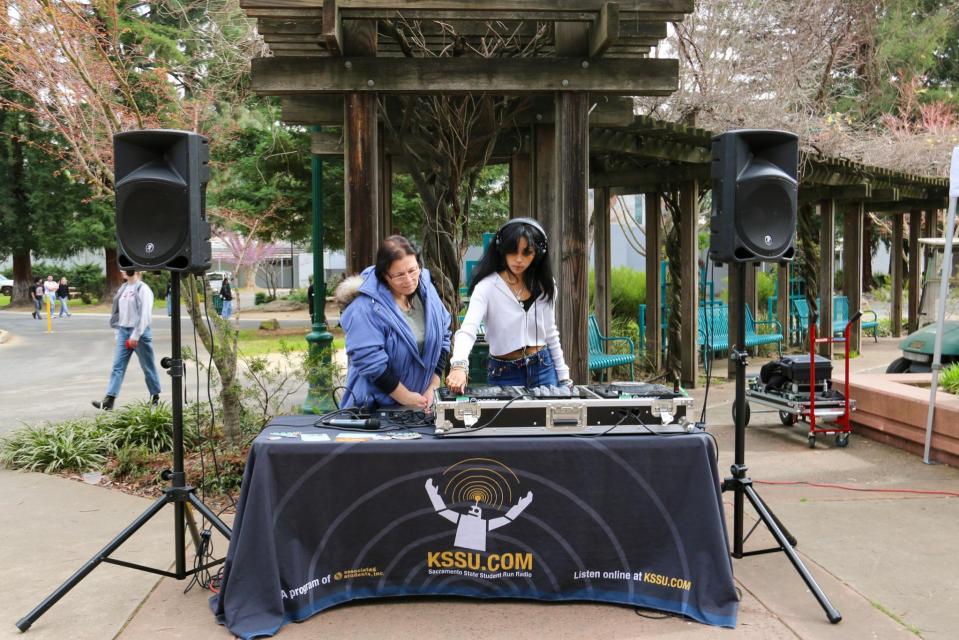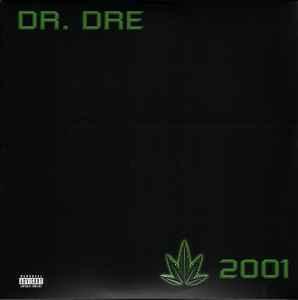A Product Of My Environment
The first time I heard Dr. Dre’s Chronic 2001 I was 13 and living on Lorina Ave. in Corcoran, California, where it was common to see people wearing Pendleton flannels, khakis, and Cortez shoes (dangling from a telephone wire were a pair of Chuck Taylors). It was a magical time because it was all about the Chronic 2001. I heard it all around me – “Forget about Dre”, “Still Dre”, and “The Next Episode” were the ones I’d play repeatedly in my parents’ garage, vibrating the windows. My dad did not care too much about what I listened to, but my mom checked me one time for reciting Dre’s lyrics: Now you wanna run around talkin’ ‘bout guns like I ain’t got none. “Hey!” she said. “I don’t want you talking like that.”
Dre had been making music since the 80s, and when he dropped the first Chronic in 1992, I was too young. But when Chronic 2001 came out, I was in my prime as a developing young man soaking up the slang, the profanity, and the beats, which often put me in a trance because they were hypnotic. No one at that time could make music like him. The last album to make an impact in the neighborhood was Bone Thugs-N-Harmony’s E. 1999 Eternal, released in 1995. My older brother was a big fan of Bone Thugs (my older sister was a fan of Tupac). It was only right that I claimed my gangster music, and when I did, I ran with it, respecting it because it was something I could relate to from the things I saw and heard on Lorina Ave. And even though I didn’t wear the Pendleton flannels or the Cortez shoes, I was learning to how write gangster raps, always mindful of my mother.


